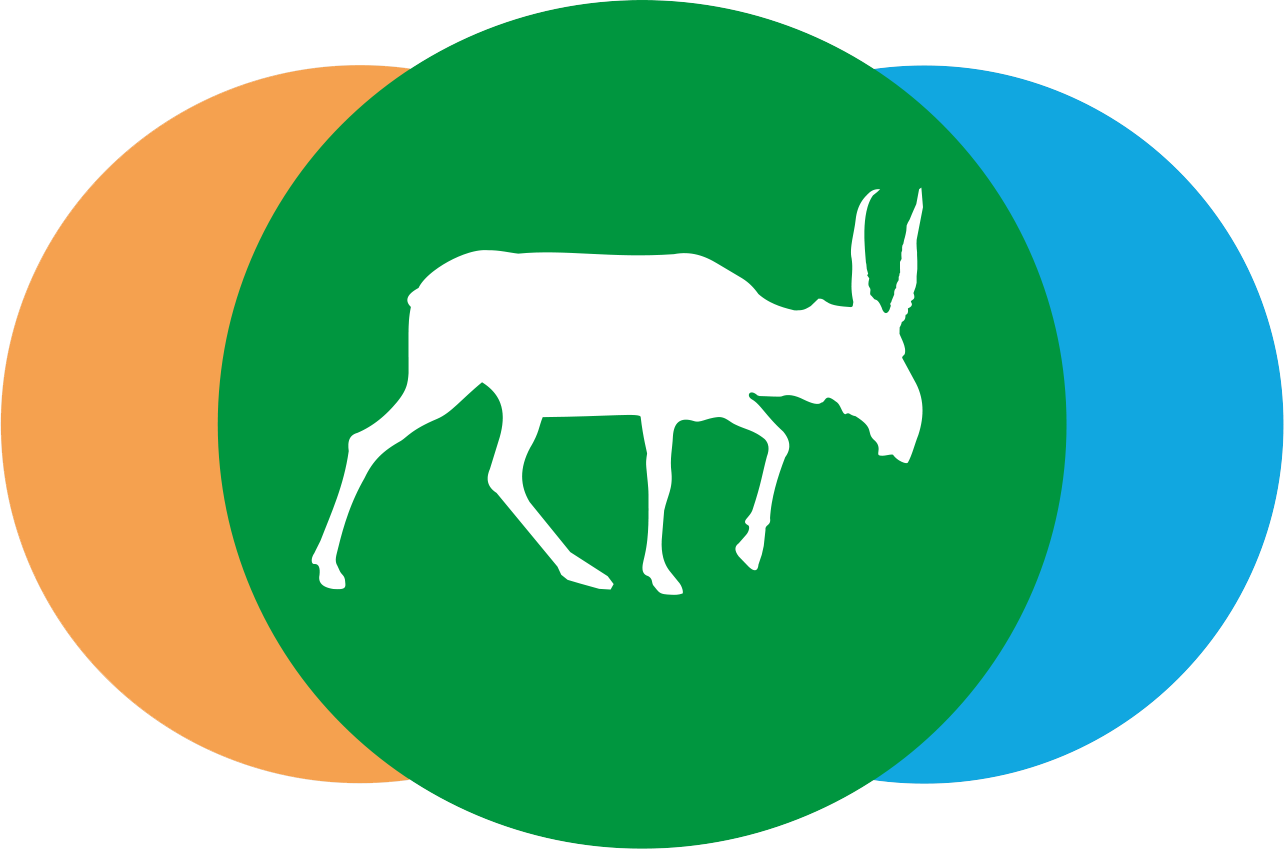Authors: Sophia Barinova, Elena Krupa and Yelena Khitrova 3
Abstract: The problem of assessing the impact of pollution in protected areas prompted us to apply a combined method of bioindication and spatial mapping of phytoplankton data from six lakes in the Burabay National Nature Park in Northern Kazakhstan. The issue of monitoring planning was quite acute for this landscape-homogeneous area among the Kulunda steppes.
Phytoplankton in each of the six lakes was collected in the summer season of 2019 at a total of 54 sampling stations. In total, 139 species of algae and cyanobacteria from seven taxonomic phyla were found in the phytoplankton of the Burabay Park during the study period. Three phyla were the richest in species: diatoms, green algae, and cyanobacteria. Based on species richness, abundance, and biomass, as well as bioindicators and calculated indices of organic pollution and toxic effects, the current ecological state of the lake was assessed as being under the influence of pollution, of the mesotrophic type and with a high capacity for self-purification. Statistical mapping, calculated by the correlation of the species composition and categories of indicators, revealed the zones of anthropogenic impact located on the shores of the lake, and the water of the lakes as weakly alkaline, quality classes 2–3. An increase in the number of cyanobacteria in coastal communities was revealed, which may be associated with an increase in the biogenic load on the lake ecosystems. The results of the analysis and mapping of indicators revealed that two major factors regulated phytoplankton: salinity and organic pollution. The sources of organic pollution are mostly associated with the intake of substances from the coastal zone, where resorts, roads, and settlements are located.

